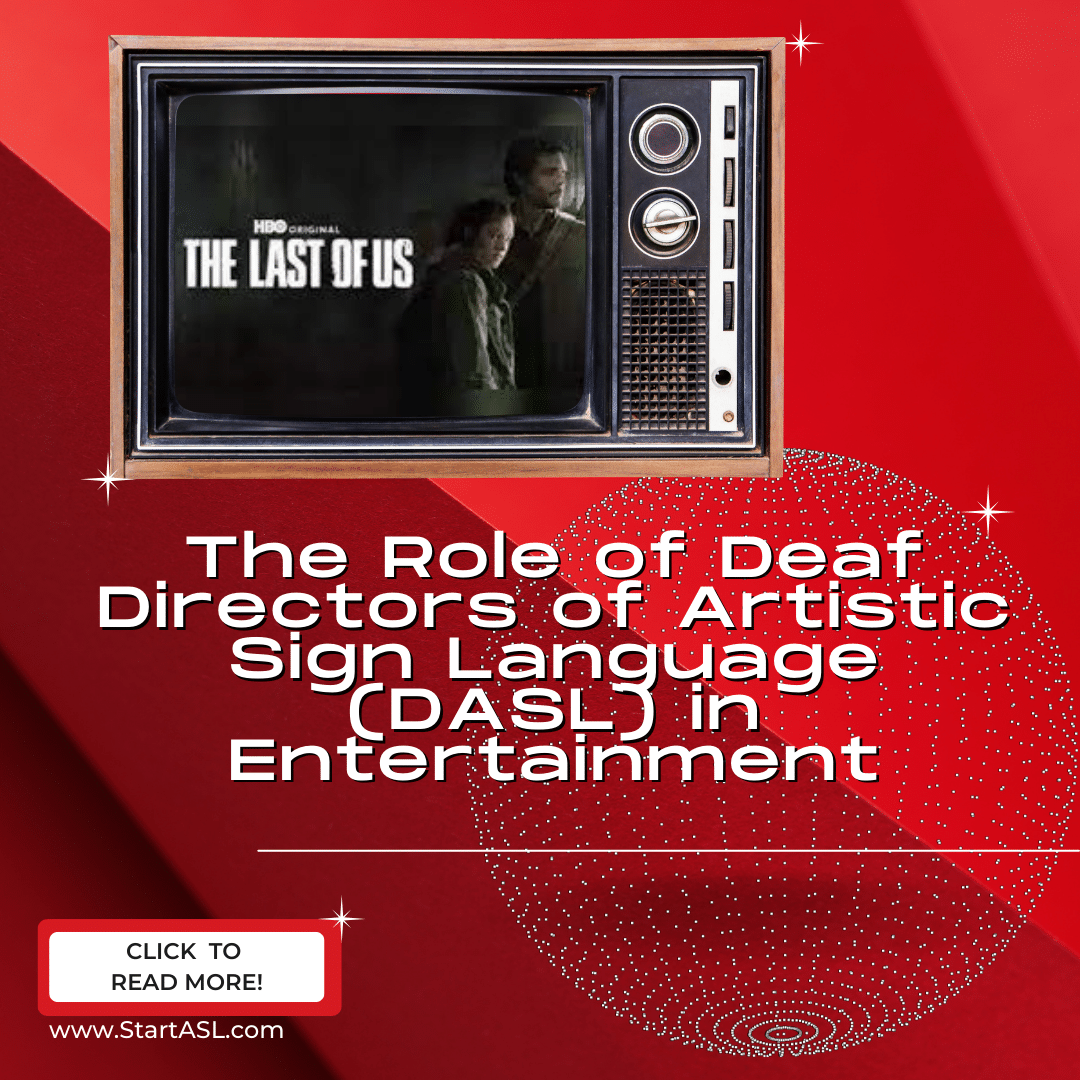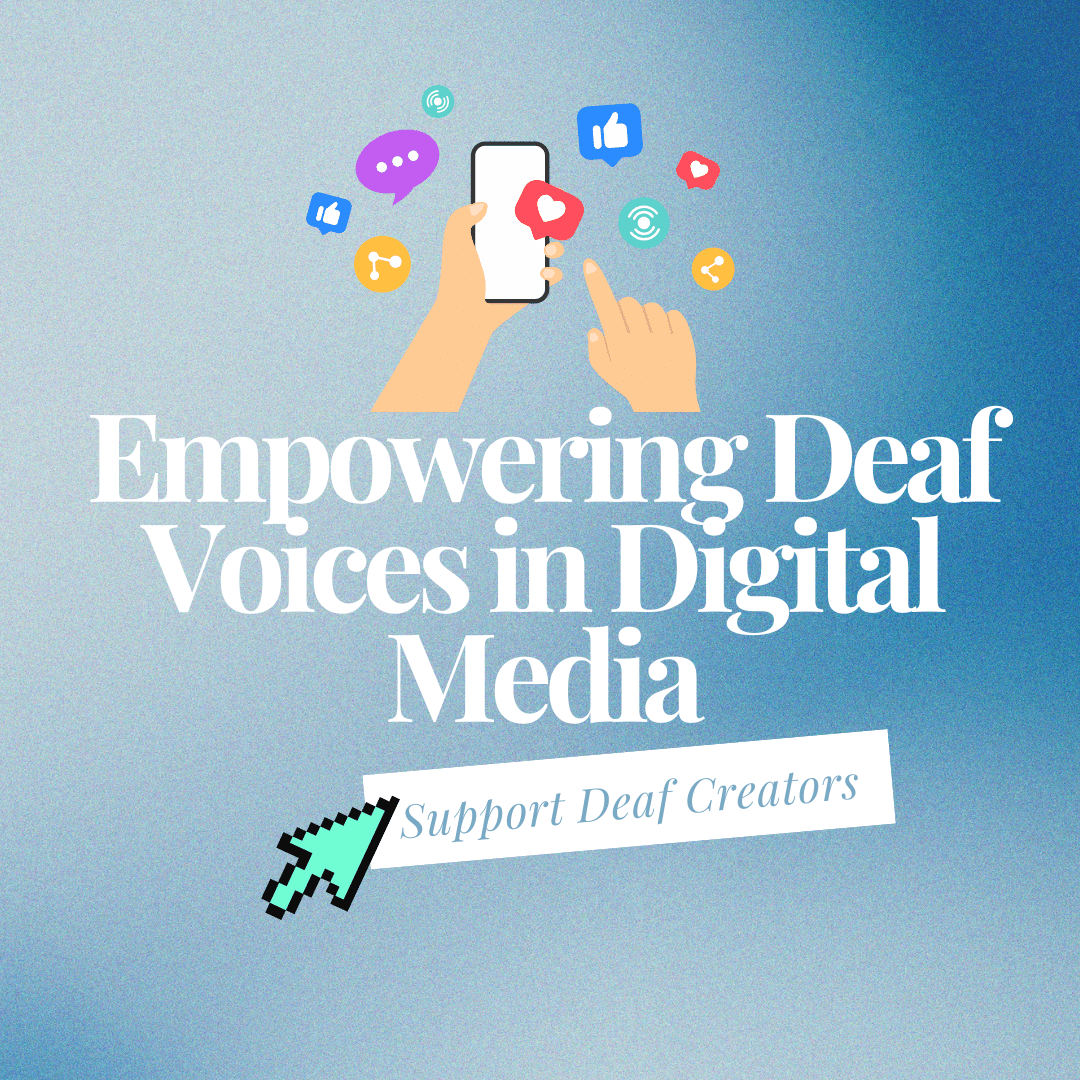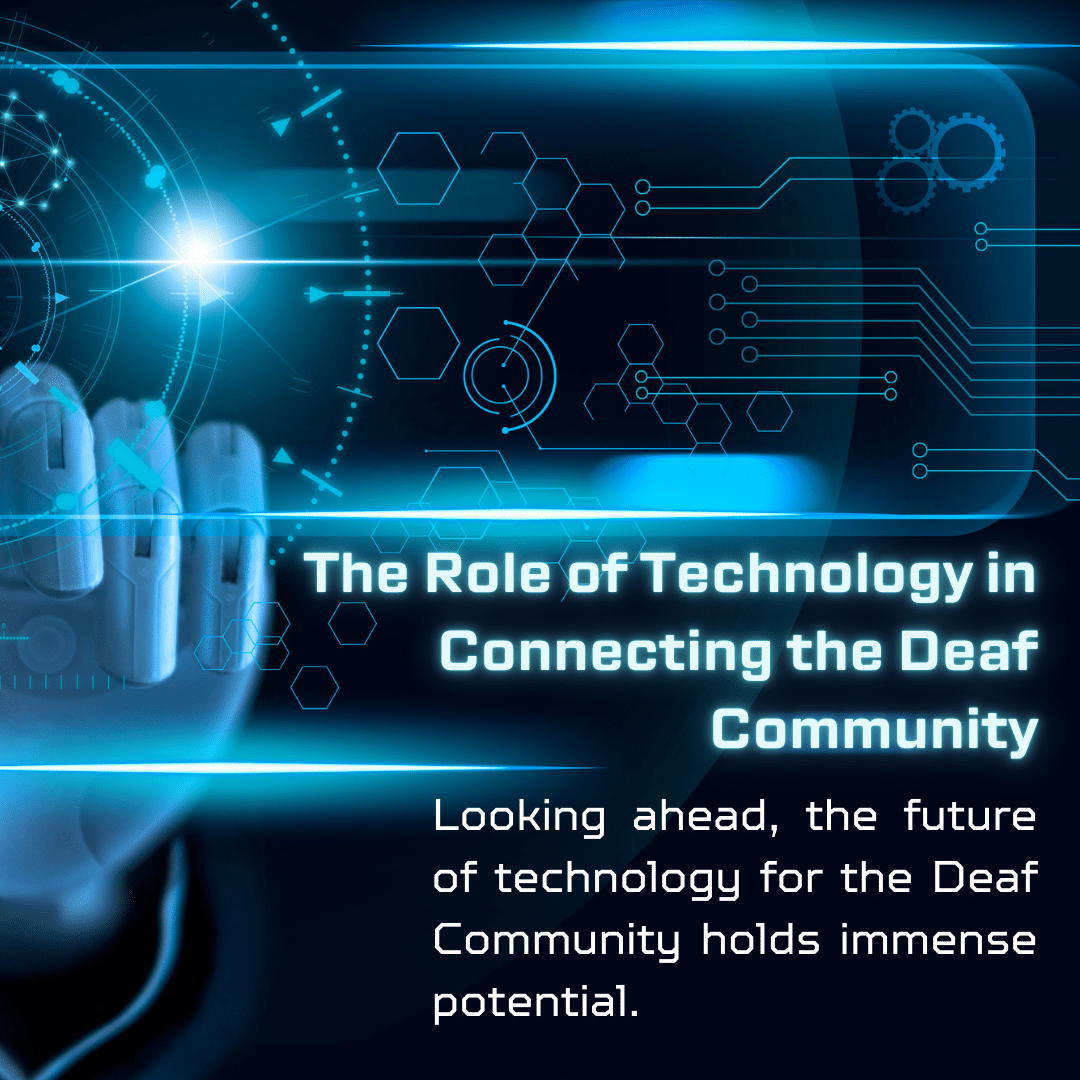
What is Deaf Culture and who is the Deaf Community?
- by Megan Clancy
- 2 Comments
by Ksenia Muhutdinova | 6 October 2021
Deaf culture is the culture made up of Deaf people that’s based on sign language and values, as well traditions and behavior norms that are specific to the Deaf community. It is the heart of the Deaf community. The Deaf community is made up of culturally Deaf people in the core of the community who use sign language and appreciate the heritage, history, literature, and culture. The community also includes individuals that aren’t deaf but also use the language and have the same attitude of appreciation to the Deaf culture as Deaf people. Deaf culture exists mostly because Deaf people are educated at residential schools for Deaf people and are taught to develop their own knowledge in the sphere, and then after graduation, most go on to take on leadership roles in the community. They help others in the community as well as organize events, such as Deaf sports and community events. They make sure their knowledge and language is passed on to others, forming links with individuals and their families to strengthen and enlarge the community’s circle for Deaf children and others.
The language and culture of the community are interrelated, as it is the main way for Deaf people(s) to communicate. There are other ways for them to communicate, i.e. reading lips, writing it down, but sign language is the main form. The culture consists of language, values, traditions, norms, and identity. Deaf culture meets all five sociological criteria for defining a culture. American Sign Language has its own syntax (grammar and/or form), semantics (vocabulary and/or content), and pragmatics (social rules of use). It’s very highly valued by the Deaf community as it is visually accessible and is easier to communicate clearly. Values in the Deaf community include the importance of clear communication for all both in terms of expression and comprehension. That’s why Deaf residential schools and Deaf clubs are so important, because they offer natural social interaction and help learn to communicate.
Different cultures also have different norms, Deaf culture also having their own. For Deaf people, it includes getting someone’s attention appropriately, by making eye contact or correct use of shoulder tapping. Different norms of different cultures may cause cross-cultural differences between Deaf and hearing people if individuals are unaware of how their norms may affect their interaction and actions. It is important to be aware of the norms of different cultures so that there are no clashes that may harm either one of the people that interact. Communication is not a barrier for Deaf people when interacting in the Deaf community because they do not have to depend on an interpreter. It is important to have Deaf children included in Deaf events and be immersed in Deaf culture. They need to be able to mingle with other Deaf children and persons so that they know how to interact with people when they’re on their own. Deaf culture cannot be taught, whether from others or from periodic experiences, but has to be constantly immersed in.
Deaf culture is a big part of Deaf people’s lives and is very important to take part in and participate as much as possible. It is important for hearing people to also be aware of Deaf culture and its norms. As well, it is not a bad experience whatsoever for hearing people to immerse themselves in the culture, whether by learning the language, participating in events, or any other way. It is important to keep Deaf culture alive and passed on to others.
Work Cited:
What is deaf culture? DEAF CULTURE CENTRE. (2020, June 10). Retrieved October 5, 2021, from https://deafculturecentre.ca/what-is-deaf-culture/.
Deaf culture. Canadian Hearing Services. (2020, November 6). Retrieved October 5, 2021, from https://www.chs.ca/deaf-culture.











2 Responses
Iam deaf, I want to learn American sign language
I am a deaf unit teacher..I am from Kenya and a refugee from Kakuma county..then I make them learn sign language for the deaf here now..I have been teaching since 2014 until now 2022 as a teacher but yesterday we close close to the school there… then they smile Very much with student clubs.